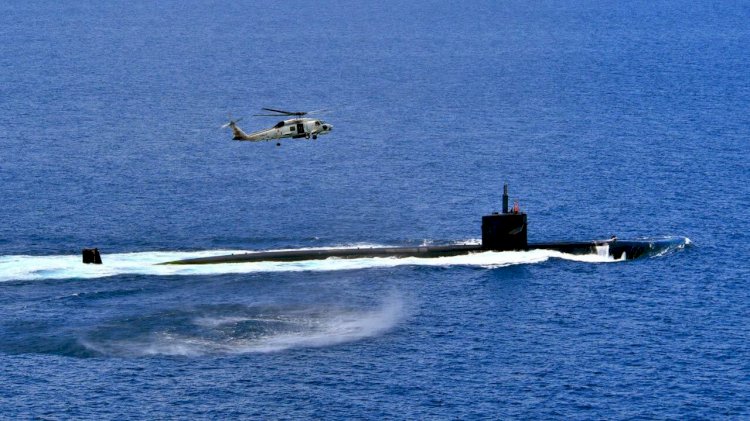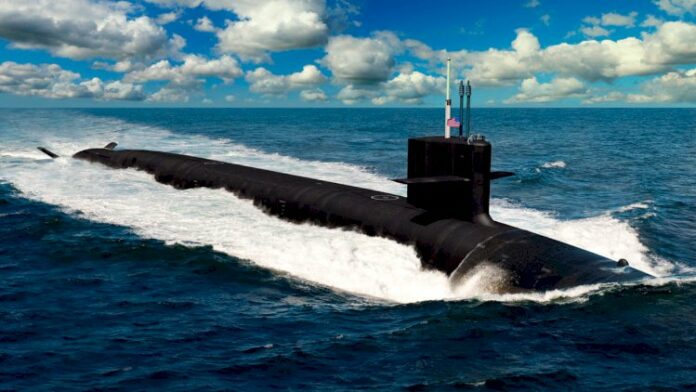Navies across the globe are enhancing their undersea warfare capabilities by commissioning advanced submarines, primarily to gain asymmetric advantage over their opponents and to protect their national interests.
Therefore, nuclear-powered ballistic missile submarines (SSBN) are expected to account for 40% revenue share of the total global submarine market by 2029, which is up from 29% in 2019, according to GlobalData, a leading data and analytics company.
GlobalData’s latest report, ‘The Global Submarine Market 2019–2029’, states that the global submarine market is valued at US$22.4bn in 2019, and will grow at a compound annual growth rate (CAGR) of 3.4%, to reach US$31.3bn by 2029. The cumulative global market for submarines is anticipated to value US$280.5bn over the forecast period.
Numerous countries are undertaking multiple high-value programs for procuring new-generation strategic deterrence submarines. As a result, the SSBN market will be driven by the US Navy’s Columbia-class, People Liberation Army Navy (PLAN)’s Jin-class (Type 094/094A) and Tang-class (Type 096), and Russian Navy’s Borei-class (Project 955) SSBNs.
Furthermore, countries such as the UK and France plan to replace their existing submarines. For example, the UK’s Dreadnought class, built by BAE Systems, is expected to replace the existing Vanguard class, while France’s SNLE 3G (for 3rd generation SSBN) is set to replace the current fleet of SSBN (Triomphant-class).
Captain Nurettin Sevi (Rtd.), Turkish Navy, Defense Analyst at GlobalData, comments:
“Compared to land, air and above water based platforms, SSBNs with advanced stealth features are harder to detect and ideal for performing nuclear deterrence roles.”
Contrastingly, India is aiming to establish a credible nuclear triad, directing significant funds towards the procurement of SSBNs. The country has already deployed one Arihant-class SSBN and is presently building three additional units.
Sevi concludes:
“Major nuclear powers across the globe have been looking to not only replace their aging undersea fleet, but to also equip the incoming new submarines with state-of-the-art undersea systems, including advanced armaments, sensors, electro-optical systems, electronic and acoustic countermeasure systems.”




